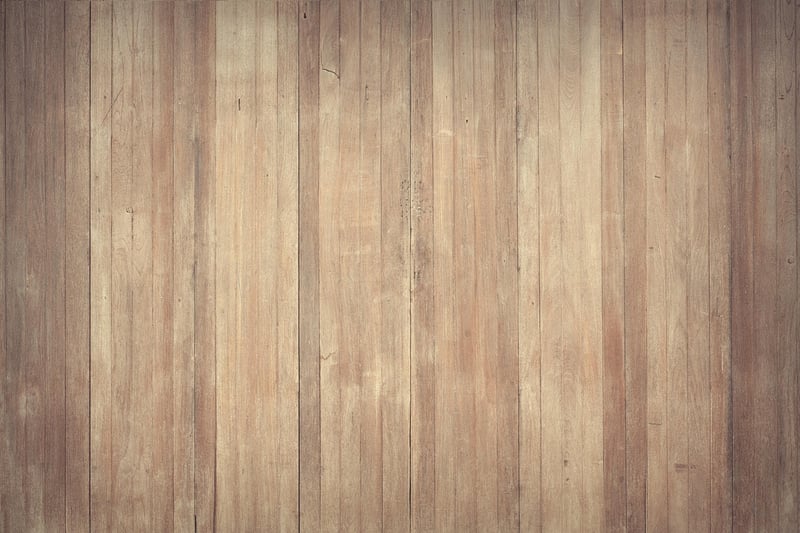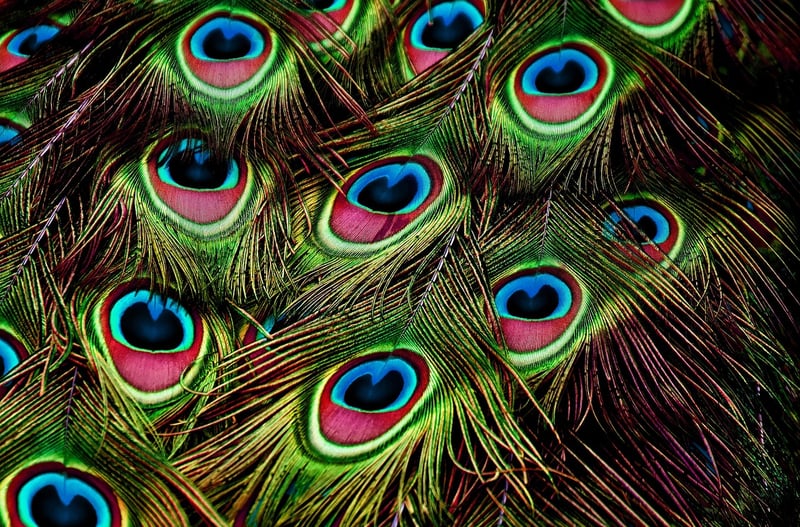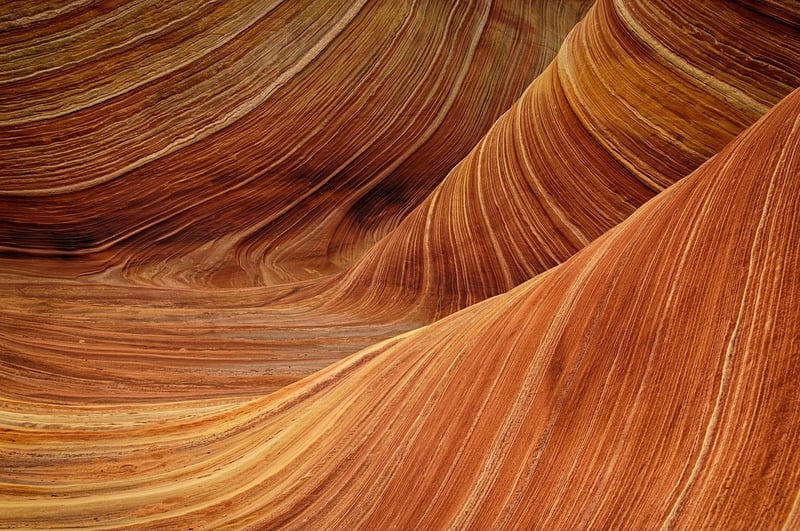Layered Textures
Exploring Tactile Sensations Through Layered Textures

When it comes to design, one of the most captivating elements is the use of textures to create depth and interest. Layered textures not only add visual appeal but also invite touch, engaging our tactile senses in a unique way.
The Art of Layering Textures
Layering textures involves combining different materials, finishes, and patterns to build a multi-dimensional sensory experience. By incorporating rough and smooth surfaces, shiny and matte finishes, and intricate patterns, designers can create visually stunning compositions that beg to be touched.
Exploring Tactile Sensations
When we interact with layered textures, we stimulate our sense of touch, adding a new dimension to the way we perceive a space or object. Running our fingers over a rough surface juxtaposed with a soft one or feeling the coolness of metal next to the warmth of wood can evoke a range of sensations and emotions.
Bringing Textures into Your Space
Whether you are decorating a room in your home or creating a visual display for a product, consider the impact of layered textures. Experiment with combining fabrics, metals, wood, glass, and other materials to achieve a rich and dynamic tactile experience.
Tips for Incorporating Layered Textures:
- Start with a neutral base and gradually introduce textures with varying characteristics.
- Mix materials that contrast each other, such as smooth and rough or shiny and dull.
- Consider the tactile qualities of each element and how they will interact with the overall composition.
- Don't be afraid to experiment and push boundaries to create unexpected combinations.
By embracing the world of layered textures, you can transform your surroundings into rich sensory experiences that not only please the eye but also engage the sense of touch in a profound way.

